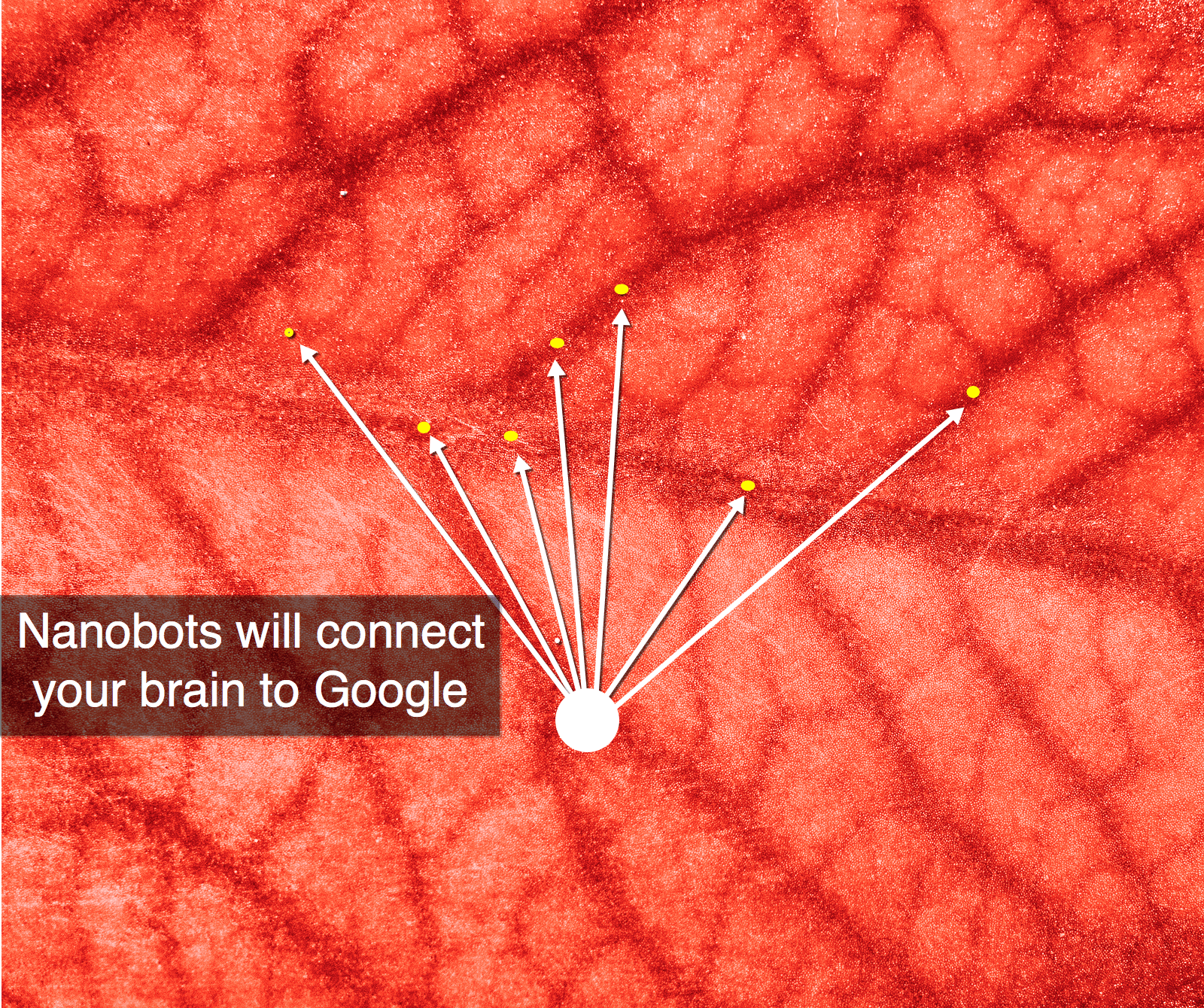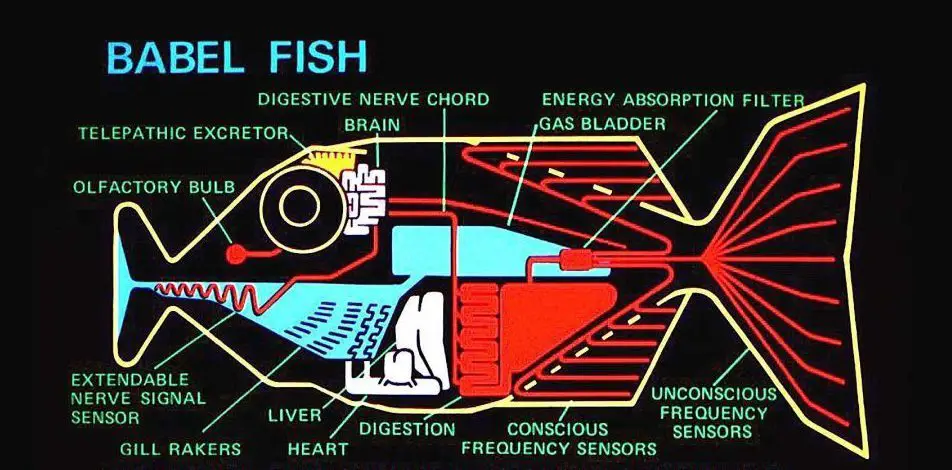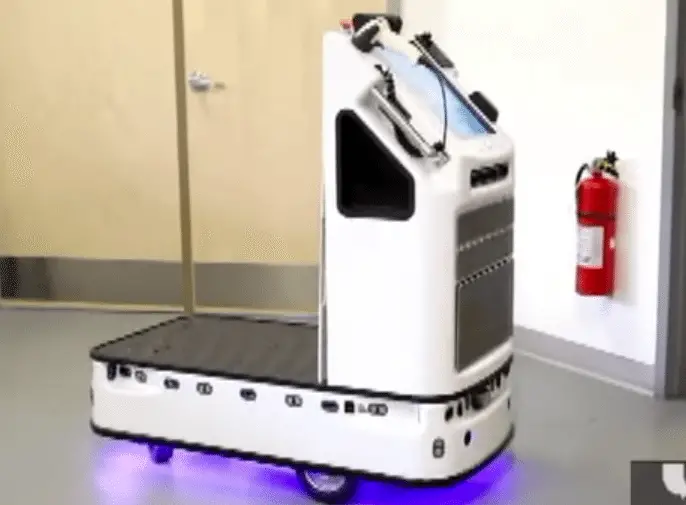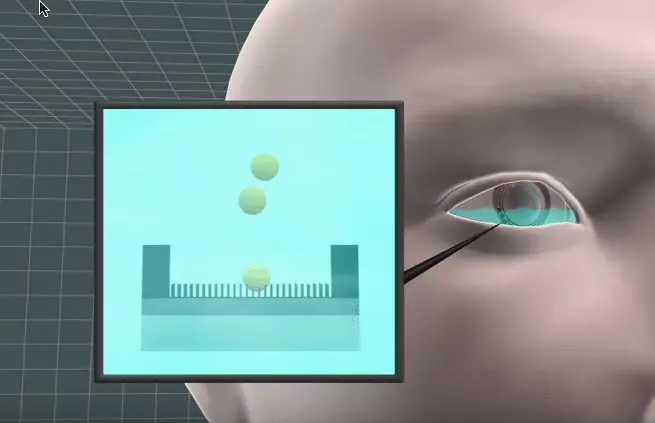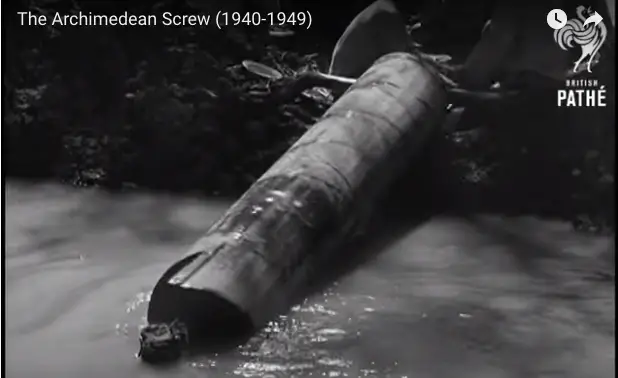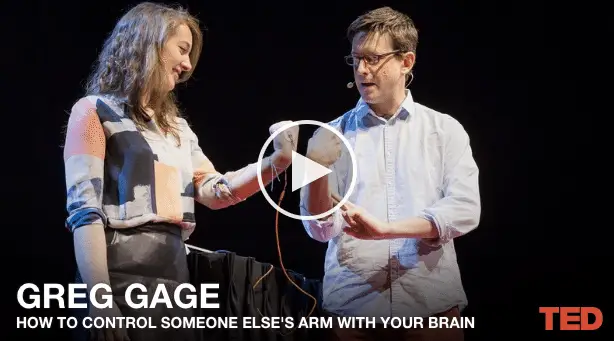In our book Super You, we explore the very real possibility of of connecting your brain to the Internet so that you can use the power of the Cloud to expand your ability to access information. This would likely be done using really tiny swimming robots that are the size more »
A transhumanism book about your future

